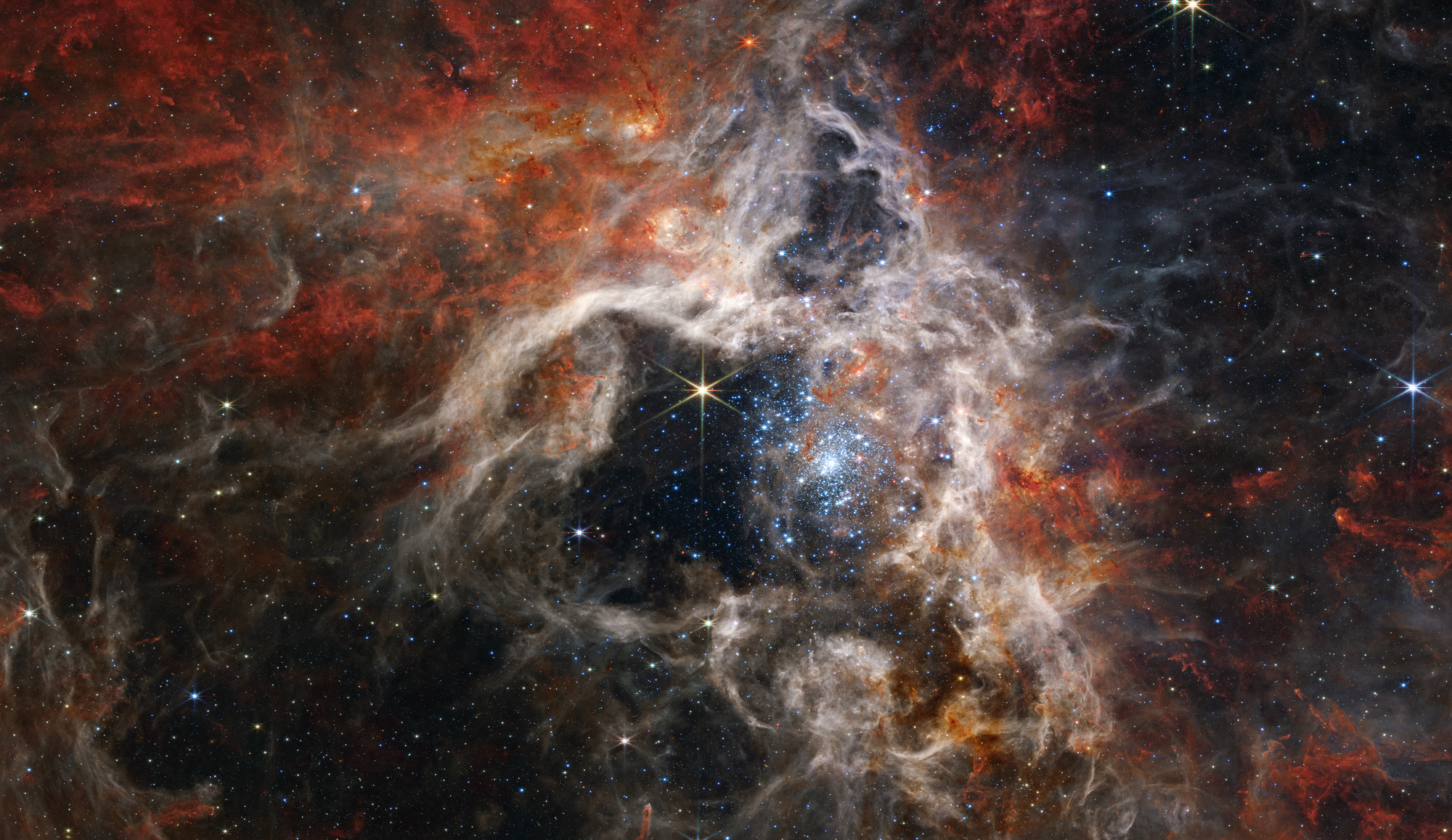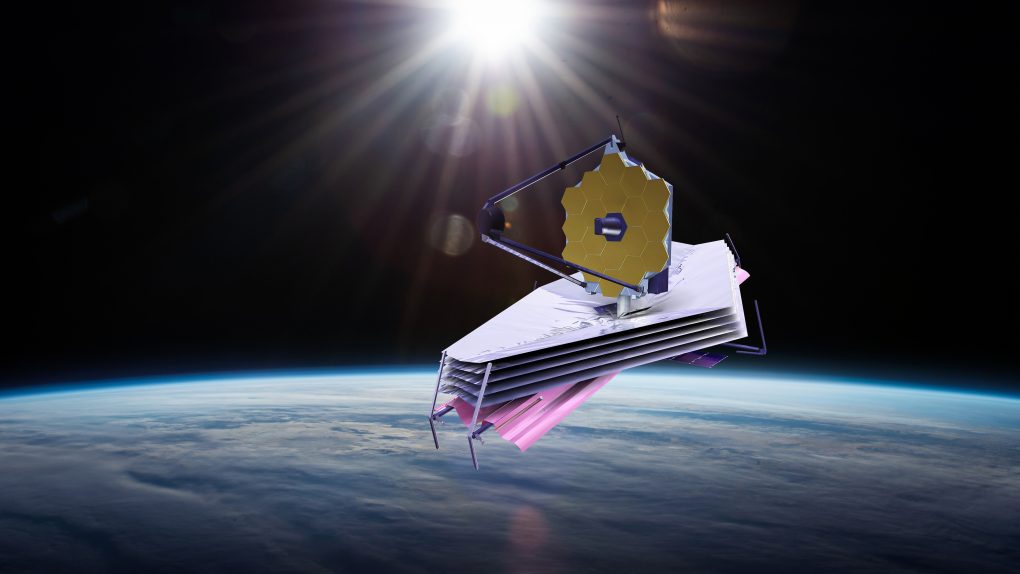James Webb has a mechanical glitch. The super powerful space telescope has only been working through its scientific missions since July when NASA shared Webb’s first images of the early universe. Now, though, the space agency says a mechanism on the telescope is experiencing increased friction, and a team has been assigned to asset it. In the meantime, some scientific observations are on hold.
Related coverage: See our ultimate guide to the James Webb telescope.
The glitch is affecting a mechanism on James Webb’s Mid-Infrared Instrument (MIRI). This is one of the space telescope’s most essential tools, and it consists of four observing modes. The mechanism experiencing issues is responsible for switching between the different wavelengths in one of these modes. As such, it could cause massive problems for the space telescope if it isn’t resolved.
This news is especially concerning given that James Webb is located roughly one million miles away from Earth. As such, it isn’t as easily fixable as NASA’s Hubble space telescope, which has been in operation for over 30 years. With James Webb, though, fixing these mechanical glitches isn’t going to be that simple.

NASA says it convened an anomaly review board on September 6 to assess the best path forward in fixing the James Webb glitch. For the moment, all scientific observations using MIRI are on hold. However, there’s still a ton of James Webb data to sift through, including today’s images of Neptune, and the three other modes are still working as normal.
Thankfully, it doesn’t sound like we’re dealing with a no-way-out kind of situation, like we saw with NASA’s InSight lander earlier this year. But, it is still concerning as MIRI has helped deliver some spectacular images, like Webb’s image of the Tarantula Nebula.
How NASA will resolve this James Webb glitch is unclear, though. For now, we can at least revel in what James Webb’s MIRI has already brought us. And hopefully, we can look forward to everything else it has to teach us in the future.
More NASA coverage: Nasa releases first Juno image from Europa flyby







